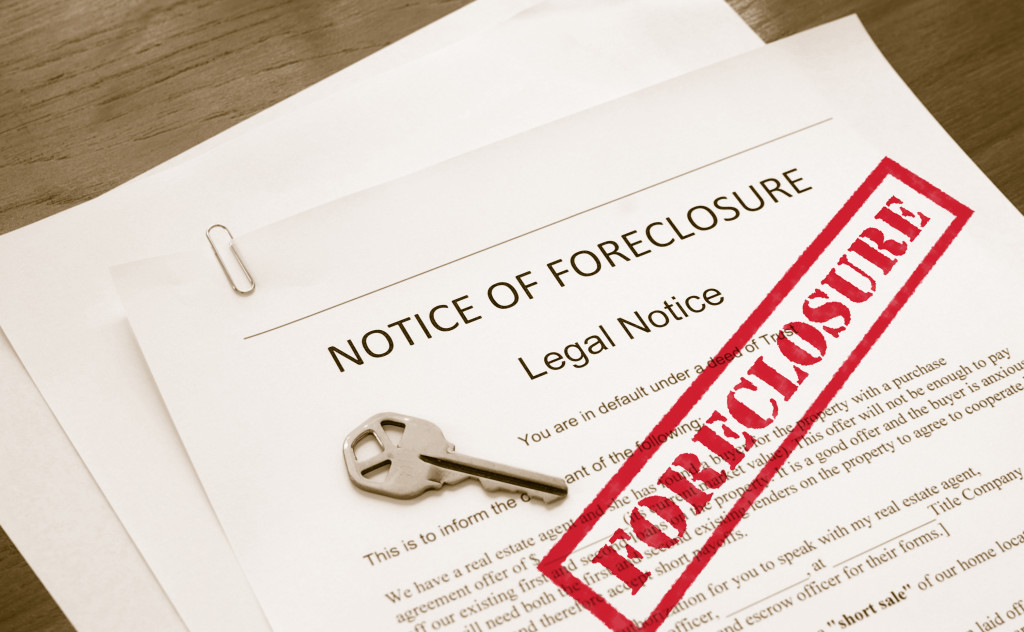Loan modifications, forbearance plans, and repayment plans can help you avoid foreclosure if you are struggling with your mortgage. Learn more.
By Amy Loftsgordon, Attorney
Loan modifications, forbearance agreements, and repayment plans are different ways that borrowers can avoid foreclosure. Read on to learn the difference between these options and how they can help you if you’re having trouble making your mortgage payments.
Loan Modifications
A loan modification is a permanent restructuring of the mortgage where one or more of the terms of a borrower’s loan are changed to provide a more affordable payment. With a loan modification, the loan owner (“lender”) might agree to do one of more of the following to reduce your monthly payment:
- reduce the interest rate
- convert from a variable interest rate to a fixed interest rate, or
- extend of the length of the term of the loan.
Generally, to be eligible for a loan modification, you must:
- show that you can’t make your current mortgage payment due to a financial hardship
- complete a trial period to demonstrate you can afford the new monthly amount, and
- provide all required documentation to the lender for evaluation.
Required documentation will likely include:
- a financial statement
- proof of income
- most recent tax returns
- bank statements, and
- a hardship statement.
Many different loan modification programs are available, including proprietary (in-house) loan modifications, as well as the Fannie Mae and Freddie Mac Flex Modification program.
If you’re currently unable to afford your mortgage payment, and won’t be able to in the near future, a loan modification might be the ideal option to help you avoid foreclosure. (Read about how to get a loan modification. Also, be sure to learn the do’s and don’ts when trying to get a modification.)
Forbearance Agreements
While a loan modification agreement is a permanent solution to unaffordable monthly payments, a forbearance agreement provides short-term relief for borrowers.
With a forbearance agreement, the lender agrees to reduce or suspend mortgage payments for a certain period of time and not to initiate a foreclosure during the forbearance period. In exchange, the borrower must resume the full payment at the end of the forbearance period, plus pay an additional amount to get current on the missed payments, including principal, interest, taxes, and insurance. The specific terms of a forbearance agreement will vary from lender to lender.
If a temporary hardship causes you to fall behind in your mortgage payments, a forbearance agreement might allow you to avoid foreclosure until your situation gets better. In some cases, the lender might be able to extend the forbearance period if your hardship is not resolved by the end of the forbearance period to accommodate your situation.
In forbearance agreement, unlike a repayment plan, the lender agrees in advance for you to miss or reduce your payments for a set period of time.
Repayment Plans
If you’ve missed some of your mortgage payments due to a temporary hardship, a repayment plan may provide a way to catch up once your finances are back in order. A repayment plan is an agreement to spread the past due amount over a specific period of time.
Here’s how a repayment plan works:
- The lender spreads your overdue amount over a certain number of months.
- During the repayment period, a portion of the overdue amount is added to each of your regular mortgage payments.
- At the end of the repayment period, you’ll be current on your mortgage payments and resume paying your normal monthly payment amount.
This option lets you pay off the delinquency over a period of time. The length of a repayment plan will vary depending on the amount past due and on how much you can afford to pay each month, among other things. A three- to six-month repayment period is typical.

